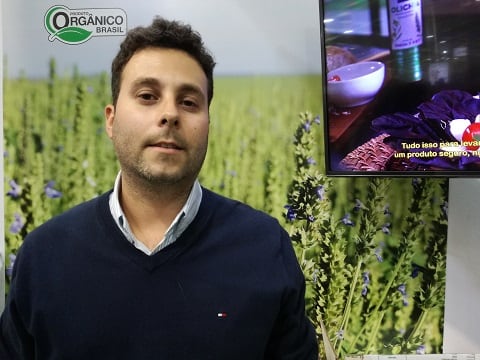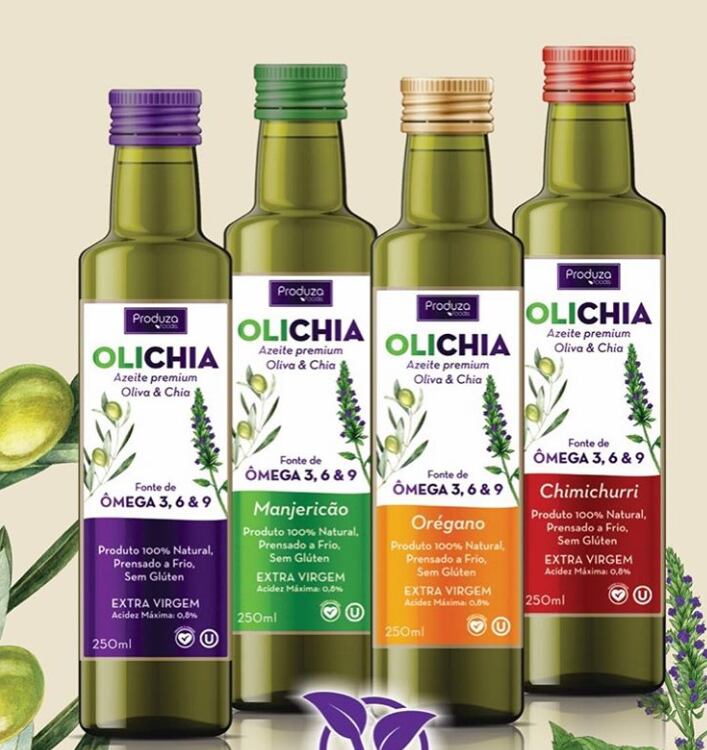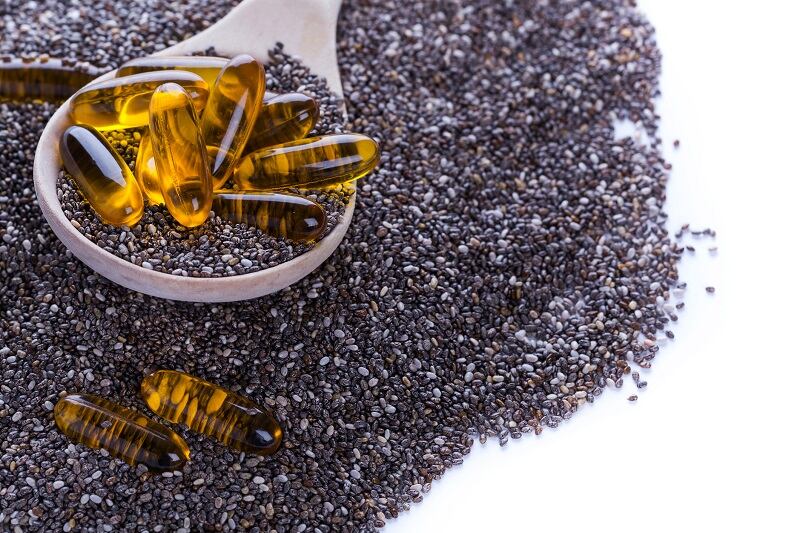Brazilian supplier Produza Foods has been bulk selling chia seeds, grown on its farm in Paraguay, to food manufacturers for the past six years. However, its recently launched, consumer-facing range of culinary oils - a blend of extra virgin olive and chia oil flavored with essential oils and herbal extracts - was what caught the eye of judges at FISA in Sao Paolo last week.
Produza’s chia-olive oil blend, Olichia, won first prize in the category Most Innovative Functional Product. Commercial director Rodrigo Sarabia said the prize showed Produza was “on the right track with innovative and healthy products”.
The range, launched this year, has six flavors - plain, basil, oregano, garlic, lemon pepper, and chimichurri - with each one providing omega-3 (alpha-linolenic acid), omega-6, and omega-9 fatty acids in a ratio of 3: 1: 1.
“We wanted to blend both health and taste,” Sarabia told FoodNavigator-LATAM.

A 13 gram-serving – around one tablespoonful - provides the recommended daily allowance of omega-3 fatty acids.
The company, whose production is certified organic under Brazilian, US and EU standards, recommends adding the oil to bread, soups, cakes, yogurt, protein shakes, and salads.
It cannot be used for cooking as temperatures above 70 degrees Celsius destroy the nutritional properties and can create toxic compounds.
Around four to five kilos of chia seed are needed to produce one liter of chia oil depending on the seed grade, and one 250-ml bottle retails for R$25.
Vertically integrated
The family-owned, vertically integrated company grows the chia seeds on its farm in east Paraguay, which has the right climate and soil conditions for chia, and then cold presses the oil from the seeds in the Paraguayan plant.
Produza also grows soy and corn which it rotates with the chia plants, a winter crop.
“With chia, we are trying to do something different, not just planting soybean, corn or wheat. Chia targets different markets,” said Sarabia.

Produza’s biggest market is Brazil but it also exports to Europe, the US, and Asia. There is less demand in other Latin American countries for its products because Peru, Mexico, Bolivia, and Argentina are also chia-producing countries.
The company has secured retail listings for its range of oils in several specialist and organic stores around Sao Paolo, such as St Marche, and is hoping to expand.
In addition to the culinary oils, Produza sells chia flour, chia oil dietary supplements in gelatin and vegan safflower capsules, and white and black whole seeds.
A chia plant with purple flowers produces grey-black seeds while a white flowering plant produces white seeds, Sarabia explained, although both have the same nutritional properties.
The bulk of its business – around 70% - comes from B2B sales of whole chia seeds.



